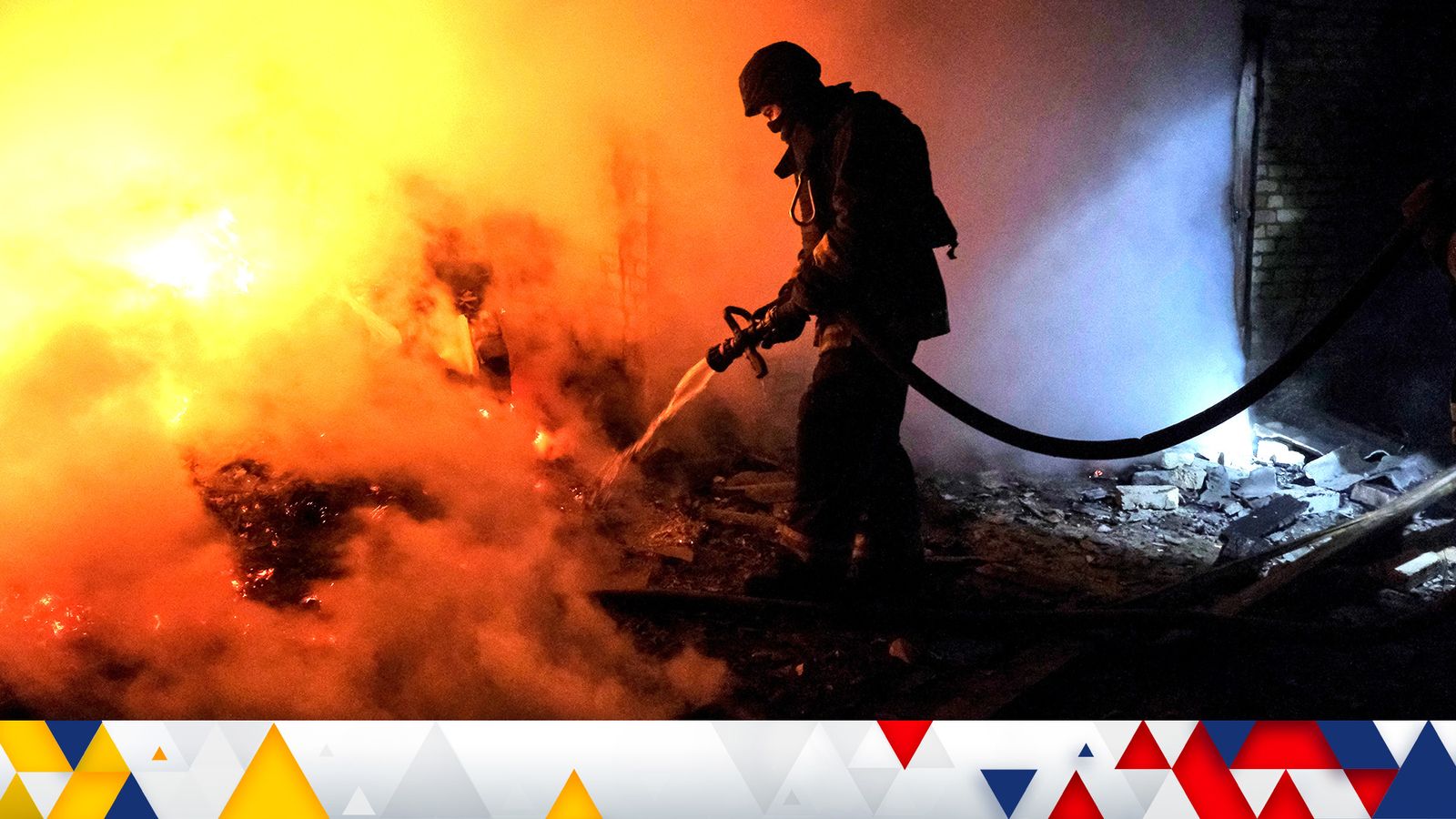

Moscow cannot station enough troops in Transnistria, a breakaway region of Moldova, to open a new front in the war against Ukraine, according to a senior Ukrainian official.
Russia’s defence ministry recently claimed Ukraine was planning to attack Transnistria dressed like Russian soldiers – comments that the Institute for the Study of War said may be setting the stage for a Russian false flag operation.
But Moscow cannot transport the number of troops to the area needed to create problems for Ukraine because they would have to cross NATO or Ukrainian airspace to do so, according to Natalia Humeniuk, spokesperson for Ukraine’s Southern Operational Command.
As reported by Ukrinform, Ms Humeniuk said Ukrainian border control forces are adequately strong in the region if such a “desperate move” was made.
“Those [Russian] forces that are now concentrated there on the territory of Transnistria, most likely, are watching with deep surprise those reports about their power that are spread by Russian propaganda,” Ms Humeniuk said, according to a translation.
“Our forces are concentrated along the border and are adequate to the threat that is hypothetically possible if they make a desperate move.”
Moldova said there was no truth to Moscow’s allegations.
Its president, Maia Sandu, previously accused Moscow of planning a coup to topple the country’s leadership – which the Kremlin denied.
For context: Transnistria is a Russian-backed breakaway territory in Moldova, which is not recognised by the government of Moldova or the international community.
After the breakup of the Soviet Union in 1991, pro-Russian separatists fought a war with Moldovan government forces which ended in deadlock and the stationing of 1,500 Russian “peacekeeping troops”.

/cdn.vox-cdn.com/uploads/chorus_asset/file/24916158/IMG_2125.jpg)
/cdn.vox-cdn.com/uploads/chorus_asset/file/24759174/hero_about_living_room.png)
/cdn.vox-cdn.com/uploads/chorus_asset/file/25231421/UI___Whimsical_tiger_as_oil_painting.jpg)